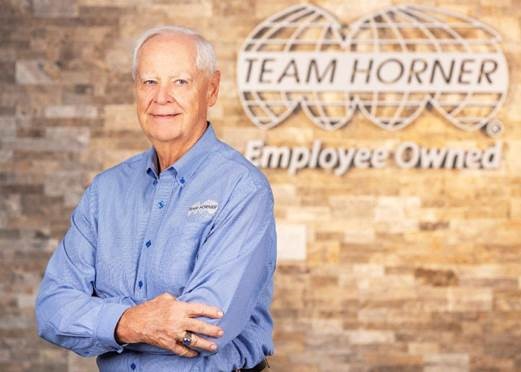As with so many things, the seeds for the every-child-a-swimmer movement were planted years before the fruits were borne. Decades, in fact.
The basic idea — that teaching every child to swim would make the most effective way to prevent drownings — was first expressed in the 1980s. Between then and the late 2010s, though, this concept saw little to no follow-through in the pool and spa industry.
In the last decade, these efforts have blown up and become a common mission among the aquatics and pool/spa industries, not only raising funds for swim lessons, but resulting in legislation to promote the water-safety message.
Bill Kent was there during the more dormant stages. Then he became a major driver converting idea into reality. Through his service for the National Swimming Pool Foundation and, more recently, the International Swimming Hall of Fame, he played a key role in starting two of the largest learn-to-swim initiatives in the field. And the recent push by the pool/spa industry to lobby for legislation started with him.
“Every organization needs a spiritual mission,” says the CEO of Team Horner, in Fort Lauderdale, Fla. “For the swimming pool industry, the right swimming pool mission is ‘every child a swimmer.’”
For 20 years, he has worked to see that the idea takes that lofty position.
EARLY EXPOSURE
After Kent joined the pool/spa industry in the early 1970s, it didn’t take long for him to move up the ranks, not only in the company he came to own, but among pool associations as well. In short order, he held high office in organizations such as the National Spa & Pool Institute (a precursor for today’s PHTA) and the International Swimming Hall of Fame.
That’s how he learned about the “every child a swimmer” concept in the mid 1980s. It was with ISHOF, where he served on the board. There, he met Harold Martin, who had co-founded ISHOF and started its “Every Child a Swimmer” program.
“He kind of infected me with the idea that we should teach children to swim who can’t afford swim lessons,” Kent says.
At the time, ISHOF’s program was very small and basically faded away after Martin’s passing.
Decades later, another organization began a similar program, this time under Kent’s watch. The National Swimming Pool Foundation started Step Into Swim when Kent was chairman. The program funds lessons for those who otherwise can’t afford them. NSPF saw the idea gain traction, taking spots in the philanthropy portfolios of many industry companies and organizations and increasing the lesson count each year. (NSPF merged with the Association of Pool & Spa Professionals to form the Pool & Hot Tub Alliance, which now runs Step Into Swim.)
Later, Kent became the chairman of ISHOF — a title he continues to hold. He created another means for children to receive free swim lessons. “One of the first things I did was revive Every Child a Swimmer,” he says.
In fact, he grew it into an operation that came to require a full-time executive director, Casey McGovern, along with two part-time staffers.
A LEGISLATIVE APPROACH
It became clear that embedding the “every child a swimmer” concept into the national fabric would take more than soliciting for donations.
“To bring it to life, I needed to do something to create awareness,” Kent says.
So he began a campaign to promote legislation that would generate awareness of water safety and the importance of learning to swim. The first bill passed in 2020 in Florida. It requires every school to provide water-safety information to parents of children entering elementary school.
When it first sought a legislative solution, Every Child a Swimmer advocated for bills that would require all children to receive swim instruction by a certain age. The organization learned that wouldn’t work, because it would impose a financial burden on families, school districts or other government entities — a serious roadblock to passing legislation, especially in fiscally conservative states.
After hearing a fellow drowning-prevention advocate muse that schools should provide water-safety information, Kent set about writing model language for the bill. On his own, he reached out to representatives.
“I was able to go face-to-face with several legislators, drove all over the sate, had meetings and explained the goal.”
So far, bills have passed in four states – Florida, Georgia, Arkansas and Washington. Soon, Kent and his team hope to see Arizona, Illinois, New Jersey and Ohio added to that list, with the ultimate goal being all 50 states.
The organization now promotes a second type of bill. Recently, New York began requiring hospitals to give parents of newborns the option of watching a water-safety video during their stay. Every Child a Swimmer did not initiate that bill, but Kent’s group now advocates for similar language in other states, in addition to its first bill.
“This is a long-term marathon race,” Kent says. “But we’re becoming more and more successful. We now have people calling us wanting to get involved.”
